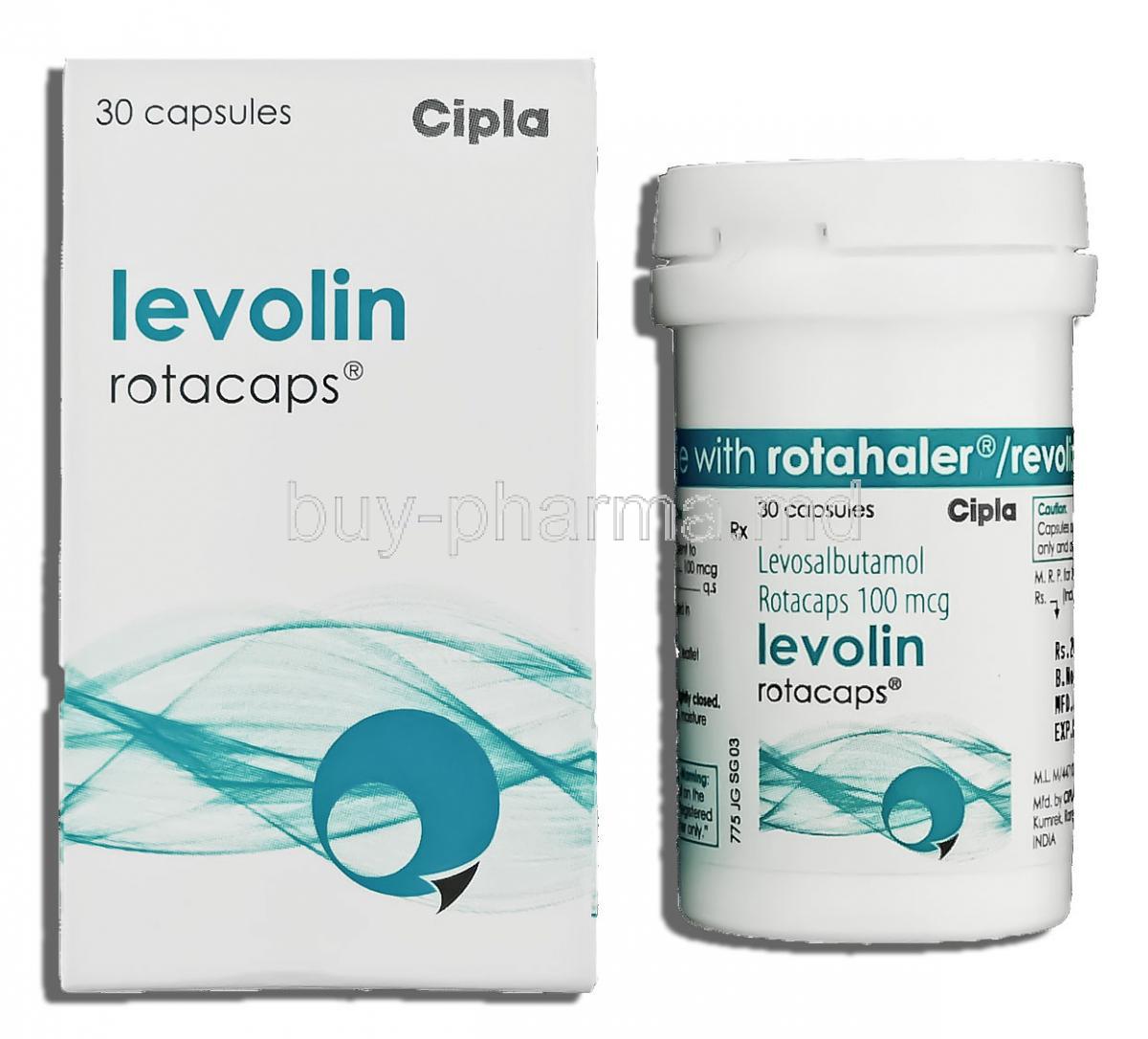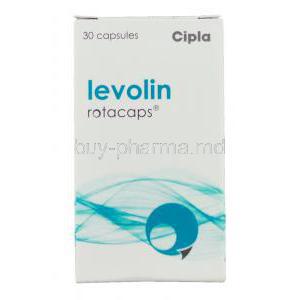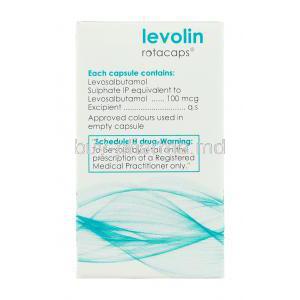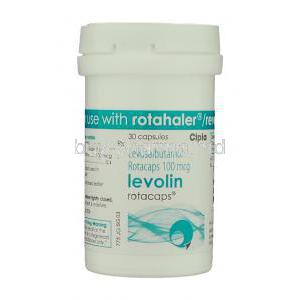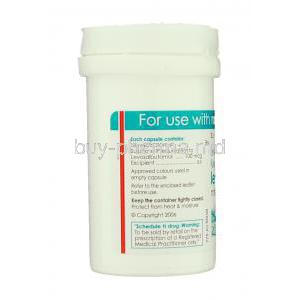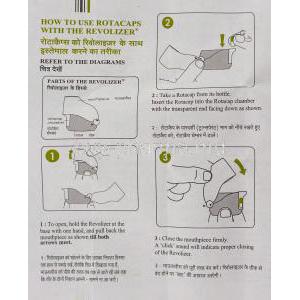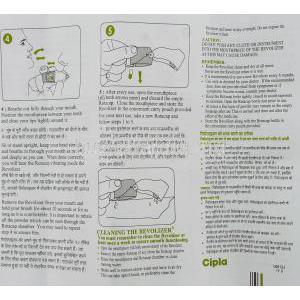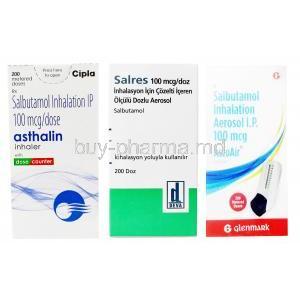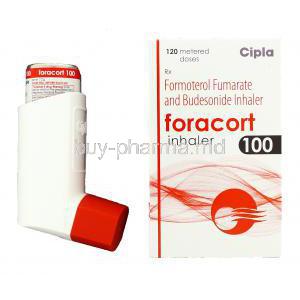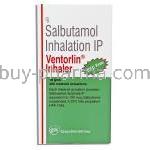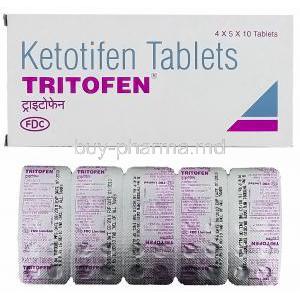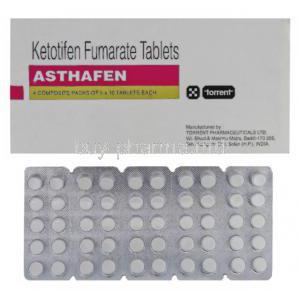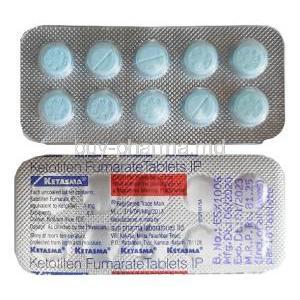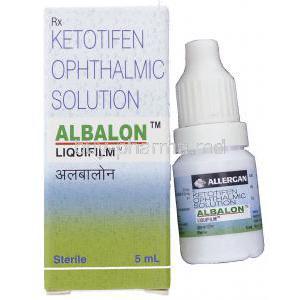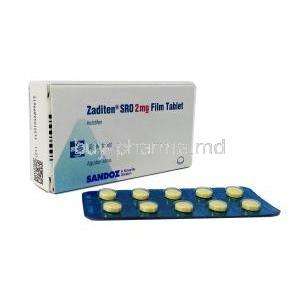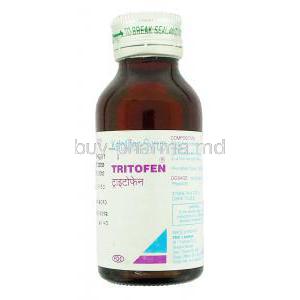Levosalbutamol
- I. Introduction to Levosalbutamol
- II. Uses of Levosalbutamol
- III. How Levosalbutamol Works
- IV. Dosage and Administration
- V. Off-label Uses of Levosalbutamol
- VI. Side Effects of Levosalbutamol
- VII. Common Side Effects
- VIII. Contraindications and Careful Administration
- IX. Important Precautions
- X. Interactions with Other Medications
- XI. Warnings and Administration Precautions
- XII. Special Populations: Administration Guidelines
- XIII. Overdosage and its Implications
- XIV. Composition and Chemical Structure
- XV. Storage and Handling Precautions
I. Introduction to Levosalbutamol
Levosalbutamol emerged in the 20th century as a significant breakthrough in respiratory medicine. It was initially developed as a bronchodilator and has since relieved numerous individuals suffering from respiratory conditions. Levosalbutamol, known chemically as the (R) enantiomer of salbutamol, offers enhanced effects while minimizing potential harm to the heart. Its specific components demonstrate an ability to activate β2 adrenergic receptors, effectively alleviating bronchospasms.
II. Uses of Levosalbutamol
Levosalbutamol has established itself as a known bronchodilator in the medical field. Its uses have expanded significantly over time. Primarily it is used to treat bronchospasm in conditions like asthma and COPD (Chronic Obstructive Pulmonary Disease). Active people who occasionally experience exercise-induced bronchospasm find Levosalbutamol a preventive solution. In emergencies with sudden difficulty breathing or shortness of breath, Levosalbutamol is a rescue inhaler.
References:
- 2Levosalbutamol: Uses, Interactions, Mechanism of Action | DrugBank Online
- 3Levosalbutamol - Uses, Dosage, Side Effects, Price, Composition - Practo
- 1Levosalbutamol - Wikipedia
III. How Levosalbutamol Works
Regarding how Levosalbutamol works in the body, it has a mechanism of action. It specifically. Activates the β2 adrenergic receptors in the bronchial smooth muscles. This activation helps to relax these muscles and ensure air can pass through without obstructions. In comparison to its counterpart, salbutamol Levosalbutamol proves to be superior. It achieves this by reducing cardiovascular health effects while maintaining its powerful ability to open the airways. Other bronchodilators like terbutaline or ipratropium bromide have levels of affinity for receptors and durations of action. This makes Levosalbutamol a desirable choice in specific clinical situations.
IV. Dosage and Administration
To achieve the results from therapy, it is crucial to carefully consider the dosage and administration of Levosalbutamol. The recommended dosing for this medication varies depending on factors such as the patient's age and the severity of their condition. Doctors usually start with dosages and adjust them for children based on how the patient responds to treatment. In adults, standard dosages are typically prescribed initially. Adjustments may be made if necessary.
Interestingly the effectiveness of Levosalbutamol isn't solely dependent on the dosage. Proper inhaler technique plays a vital role. Ensuring you use the inhaler correctly helps ensure the medication is deposited optimally in your bronchioles. Additionally, it is essential to take doses at intervals to maintain sustained bronchodilation without accidentally overdosing.
V. Off-label Uses of Levosalbutamol
In addition to the applications, some innovative clinical trials have explored potential alternative uses of Levosalbutamol. These studies suggest that it may effectively treat conditions beyond respiratory issues. For example, some evidence points to its benefits in managing hyperkalemia, although further investigation is still needed. However, it's essential to acknowledge that venturing into off-label usage comes with risks. Exploring territories can lead to unexpected pharmacological reactions, requiring careful medical professional monitoring.
References:
- 2Levosalbutamol: Uses, Interactions, Mechanism of Action - DrugBank Online
- 1Levosalbutamol Completed Phase 1 Trials for Asthma Treatment
- 3Efficacy and Safety for the Combination of Levosalbutamol, Ambroxol and Guaifenesin for the Symptomatic Treatment of Productive Cough: Phase IV Clinical Trial
VI. Side Effects of Levosalbutamol
Although Levosalbutamol has a range of medical uses, it can sometimes cause unwanted effects. These effects can vary in severity, so doctors must be vigilant and distinguish between rare side effects. By differentiating between the two, healthcare professionals can develop strategies for managing patient care.

VII. Common Side Effects
After taking the medication, some patients may experience a feeling of nervousness or slight trembling. It's essential to monitor cases of tachycardia, an increased heart rate, although it is not necessarily worrisome. Occasionally patients may experience headaches or episodes of dizziness during the treatment process. It's also possible for them to have a mouth or irritation in the throat, in which case symptomatic relief measures should be taken.
VIII. Contraindications and Careful Administration
Like any other medicine, Levosalbutamol is not a one size fits all solution. Some medical conditions or medications may make them unsuitable for use. For instance, someone with uncontrolled heart rhythms or severe heart problems may need to be cautious when considering this medication. Similarly, situations in which the body processes drugs are affected, like liver problems or taking beta blockers alongside Levosalbutamol, may require adjusting the dosage or exploring alternative treatment options.
IX. Important Precautions
The saying, "It's better to prevent than to cure, " holds regarding using Levosalbutamol. Taking measures can help reduce the chances of adverse outcomes. Its recommended to monitor cardiovascular factors such as heart rate and blood pressure making sure that patients stay within safe levels for their treatment. Being more aware and able to recognize signs of overdose, like a heartbeat or palpitations, can help intervene promptly and prevent potential complications.
X. Interactions with Other Medications
The journey of using Levosalbutamol for purposes, although effective, comes with the possibility of interactions with other medications. To ensure the effectiveness and safety of the treatment, it's essential to understand these interactions. Possible Interactions and Their Implications; When Levosalbutamol is used together with β blockers its ability to open up the airways may be reduced, which could potentially lead to bronchospasm. Additionally, certain diuretics can worsen potassium levels, which can sometimes occur as a side effect of Levosalbutamol. Medications to Be Cautious About When Using Levosalbutamol; Non selective β blockers like propranolol and specific monoamine oxidase inhibitors should be used carefully due to their conflicting mechanisms or potential, for enhancing side effects.
XI. Warnings and Administration Precautions
The use of Levosalbutamol, while generally considered safe, requires monitoring by healthcare professionals to ensure the best outcomes for patients. After administering the medication, it is essential to be aware of signs of reactions, such as hives, swelling, or unusual difficulty in breathing. If any of these symptoms occur, immediate medical attention is necessary. To maintain the effectiveness of Levosalbutamol, it is crucial to store it according to recommended guidelines. Temperature or exposure to light can compromise its ability to work as intended.
XII. Special Populations: Administration Guidelines
Tailored treatment approaches play a role when addressing the needs of unique patient groups.
Administration to the Elderly
Dosage or Frequency Modifications; As individuals age, changes in their body functioning may impact how drugs are processed and eliminated. This suggests that it is advisable to take an approach when determining the appropriate dosage. Keeping an Eye on Potential Side Effects; Older adults tend to be more vulnerable to experiencing reactions, especially those related to cardiovascular health. It is essential to monitor for any such effects.
Administration to Pregnant Women and Nursing Mothers
Risks and Benefits to Consider; Although there haven't been findings of harmful effects in animal studies, there is limited research on the impact of Levosalbutamol on humans. Therefore it is essential to weigh the potential benefits against possible risks before using it. Guidance, for Nursing Mothers; Since Levosalbutamol can be passed into breast milk it may be wise to wait for a period of time after taking it before breastfeeding.
Administration to Children
Guidelines for Dosing Based on Age; When it comes to prescribing medication for children it's essential to consider their age, weight, and the severity of their illness. This helps ensure that the dosage is tailored to each child's needs. Identifying Signs of Adverse Reactions in Children; It's crucial to be aware of any signs that may indicate a reaction to medication in children. These signs can include restlessness or irritability. If observed, it is essential to seek prompt medical evaluation, for further assessment.
XIII. Overdosage and its Implications
When someone accidentally takes much Levosalbutamol, it's crucial to recognize the situation and take action promptly. Symptoms of an overdose may include a heartbeat, palpitations, trembling, and possibly low potassium levels. To address this issue, it's essential to stop taking Levosalbutamol and consider implementing supportive measures such as administering beta-blockers (with caution based on clinical judgment) and monitoring electrolyte levels.
XIV. Composition and Chemical Structure
In its form, Levosalbutamol is a combination of specific chemical components that give it therapeutic effectiveness. The active ingredient in Levosalbutamol is Levosalbutamol tartrate, and additional elements like propellants or stabilizers may be included depending on the formulation. Compared to bronchodilators that are not enantiomeric Levosalbutamols chemical structure, salbutamol's (R) enantiomer of salbutamol provides superior therapeutic benefits while reducing adverse effects.
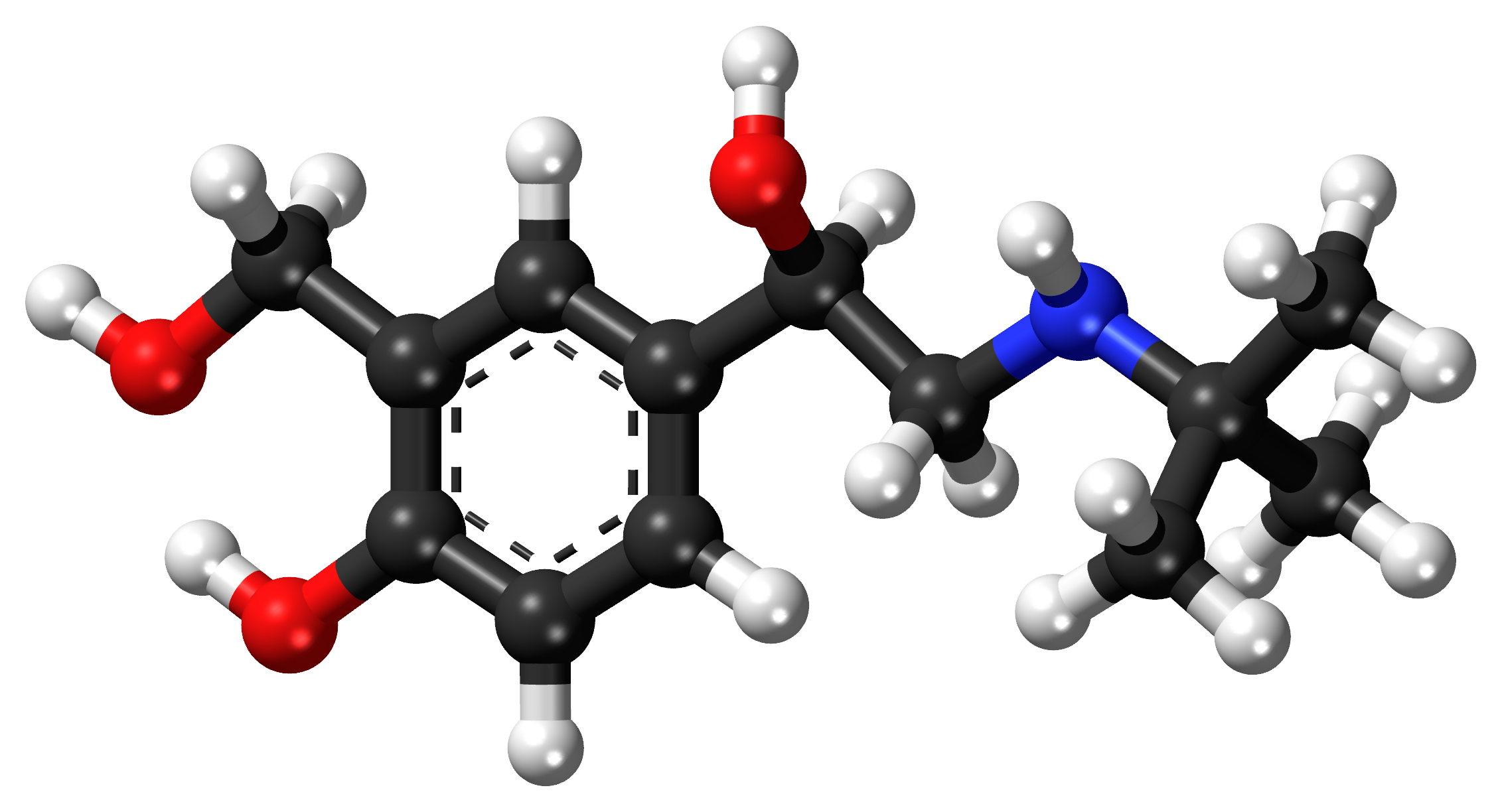
XV. Storage and Handling Precautions
Levosalbutamols' effectiveness as a medication is closely tied to how it's stored. It is best to store it in a dry place away, from direct sunlight to maintain its therapeutic properties. It's essential to consider the shelf life and expiration date of Levosalbutamol. If the drug goes beyond its expiration date, not may it lose its effectiveness, but there is also a possibility that harmful decomposition products could develop.

